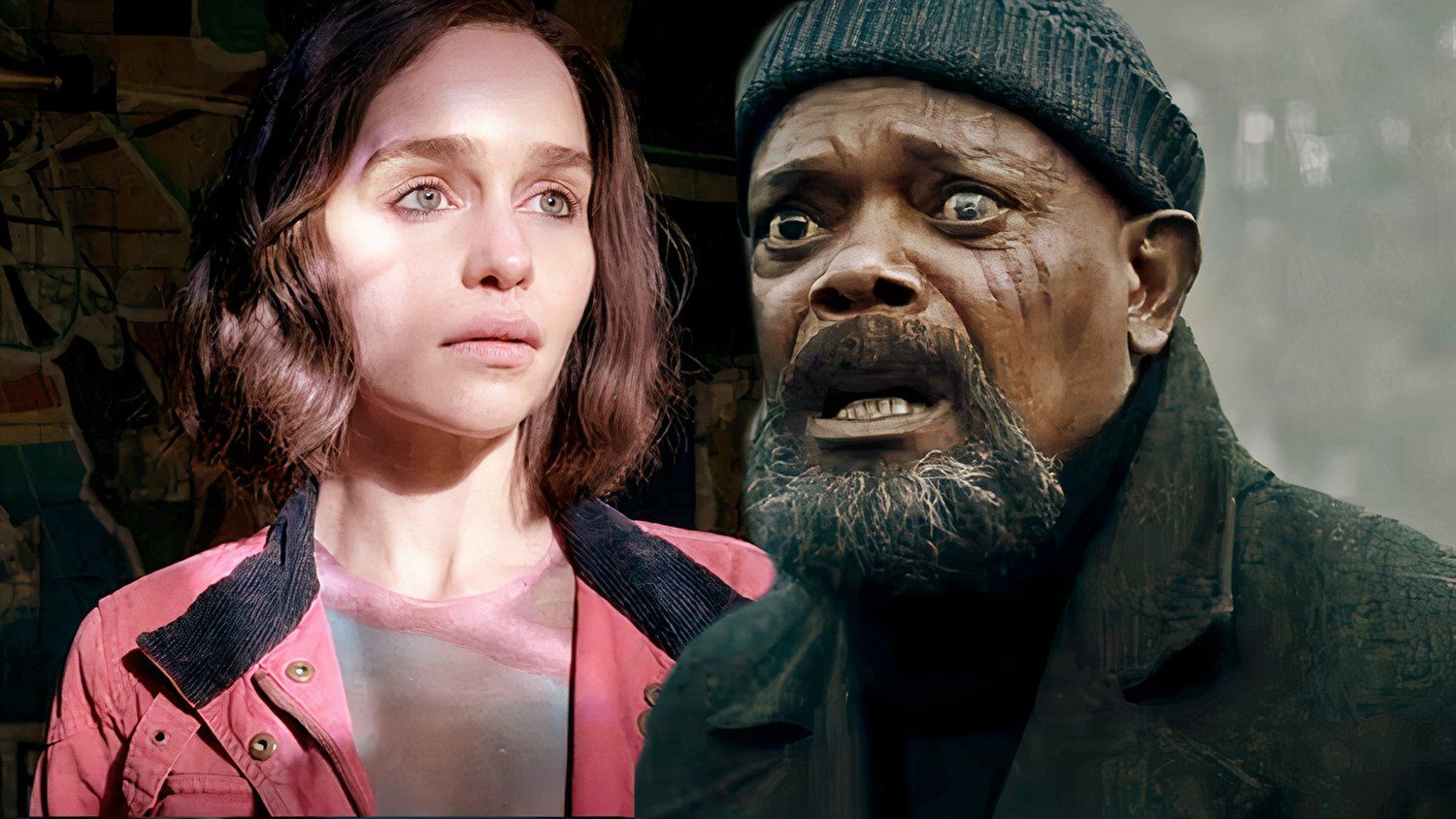Book review: What dangers does art hold? Author Rachel Cusk examines them in “Parade”

With her new novel, Parade, writer Rachel Cusk takes a haunting look at the pain that artists can capture – and inflict. Never focusing on a single person or place, the book introduces a range of painters, sculptors and other figures, all grappling with a transformation in their lives or work.
The novel begins by portraying art as a subtle but penetrating weapon. In one plot, the wife of celebrated painter “G” is deeply disturbed by her husband’s compulsion to paint the world upside down. He also paints his wife’s naked body upside down – making her ugly and grotesque.
In another story, the book’s narrator is walking down the street in a strange city when she is beaten by a mentally disturbed woman. In the weeks that follow, still dazed by the blow, she begins to see her attacker as an artist: “He did something there, something that takes several attempts to get right.”
In its short length, Parade connects scenes and voices like these, engaging us with the questions and problems that underlie art-making and interpersonal relationships. Cusk seems to be asking: what are the consequences of making art for the people around them? Can an artist overcome the same constraints and traumas that are expressed in their work?
Many of the characters are visual artists, all with the mysterious name “G,” who have turned to art as a form of survival or escape. There’s G, the black painter who was banned from most exhibitions during his lifetime, and also G, the sculptor who created giant black spiders and small headless dolls. Oddly, the book spends little time exploring the literary arts, aside from a husband who tells his wife, a poet, that he’s quitting his job and can no longer support her work.
Cusk’s versatile narrator guides us through these snapshots without ever mentioning a name or a particular story. We are anchored only by the smallest details of time and place – enough to locate us in a European city or on a picturesque island – but without the specifics that might distract from the larger questions Cusk is exploring.
That’s her distinctive style – she steps away from the usual story arc of the novel and instead tries to convey deeper truths through her characters. For that reason, Parade will resonate with fans of Cusk’s novels Outline, Transit and Kudos, which made waves with her same calm but relentless voice.
But Parade is willing to go to darker places, too. The word “violence” crops up every few pages, not just in reference to art and people, but even to the glittering mountain face that towers over the narrator’s seaside resort. One of the book’s most gripping sections analyzes a suicide that occurs at an art exhibition, and raises the question of whether art itself is involved. Through her characters, Cusk shows us that art can be a site of violence, and sometimes the only medium through which one can escape from it.
AP Book Reviews: https://apnews.com/hub/book-reviews


